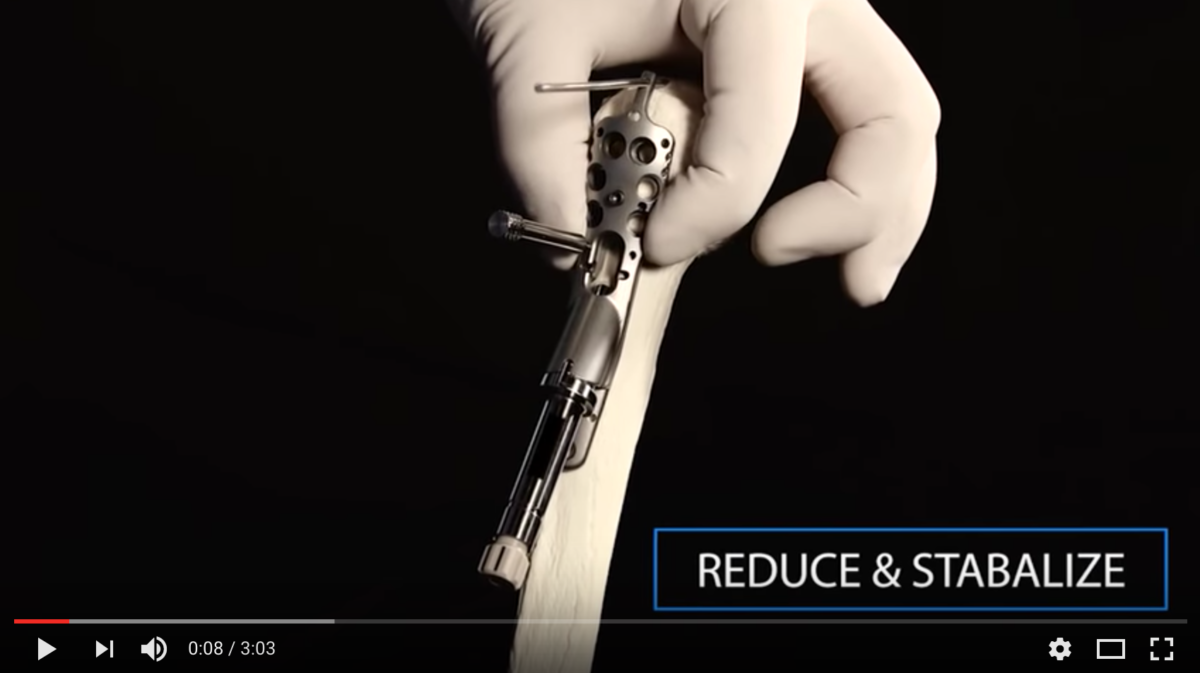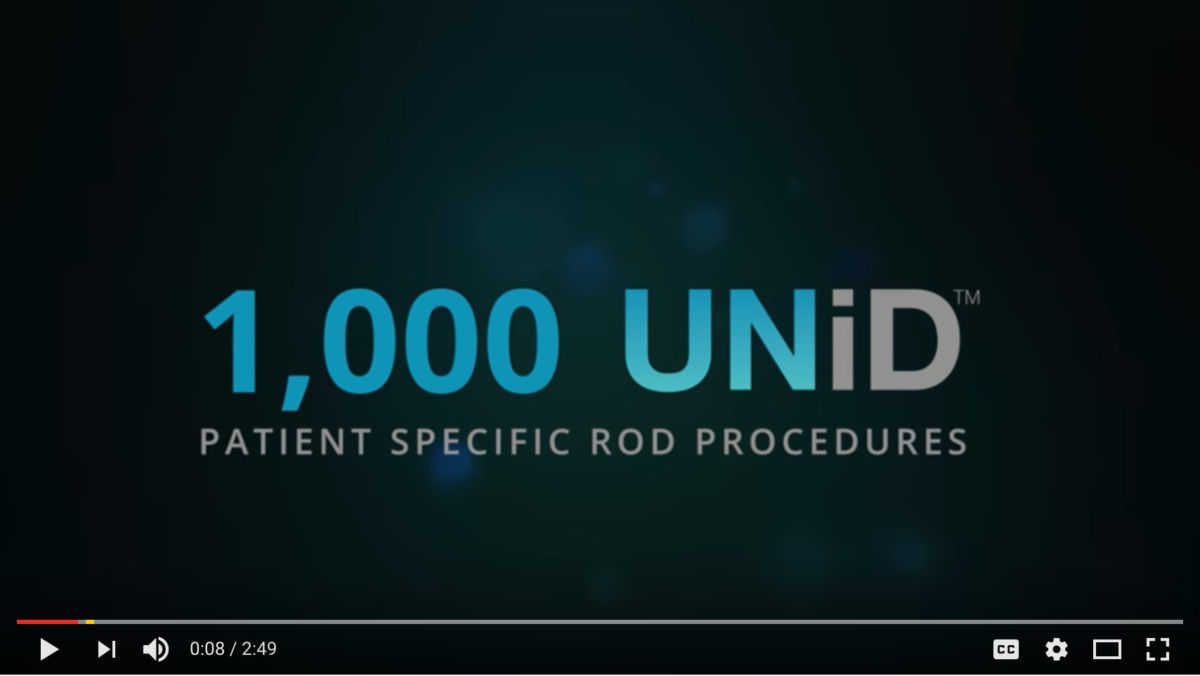PROXIMAL HUMERUS 3-DIMENSIONAL FRACTURE MANAGEMENT SYSTEM
Proximal humerus fractures have remained a challenge to the orthopedist. No clear repair technology or approach has proven to be preferred in clinical literature. Correct anatomic reduction, medial column support, and bone mineral density are the leading contributors to failures for these patients. The Conventus PH Cage™ is the industry’s first alternative designed to directly address these modes of failure with a new technology that provides intramedullary buttress for fixation.
MEDIAL COLUMN SUPPORT
The Cage provides direct medial column support by placing a specifically engineered structural component in the intramedullary space and anchoring this device to the diaphyseal column of the humerus. This approach is a similar idea to using fibular struts and other materials to address medial column support in humerus fractures. The Cage provides a device that is properly shaped and sized for each patient, and removable should the need arise.




 2.ORDER
2.ORDER 3.EXECUTE YOUR PLAN
3.EXECUTE YOUR PLAN